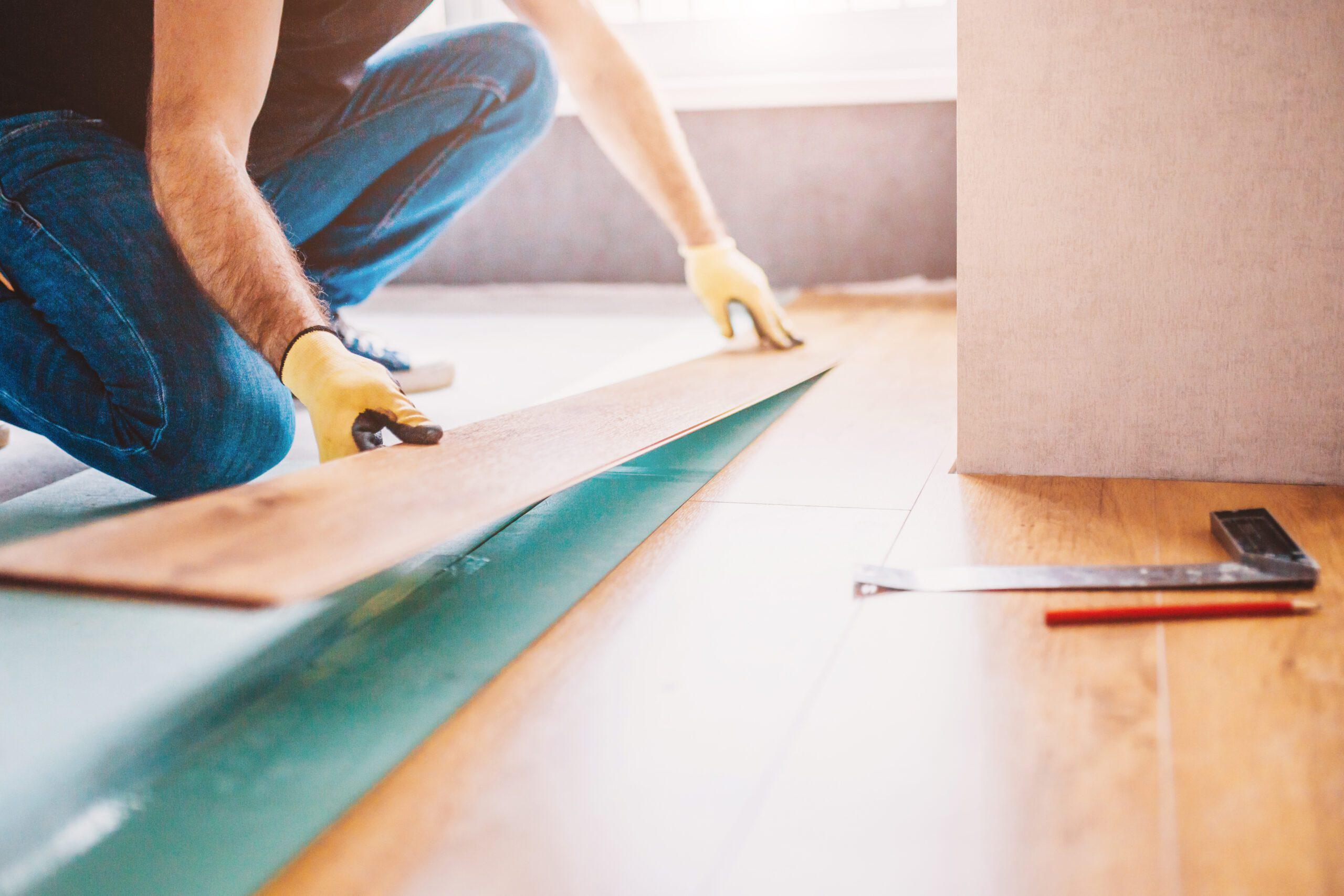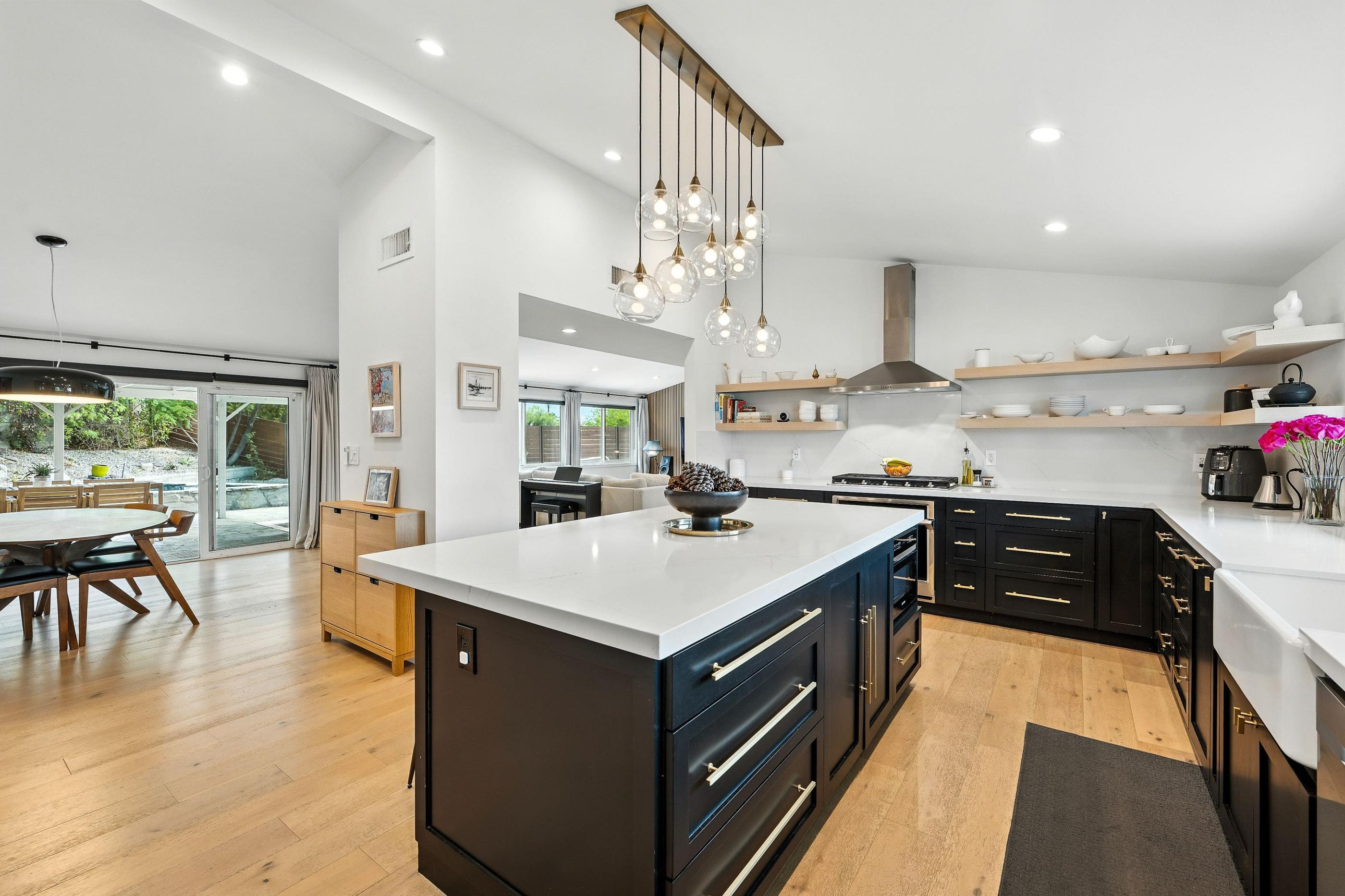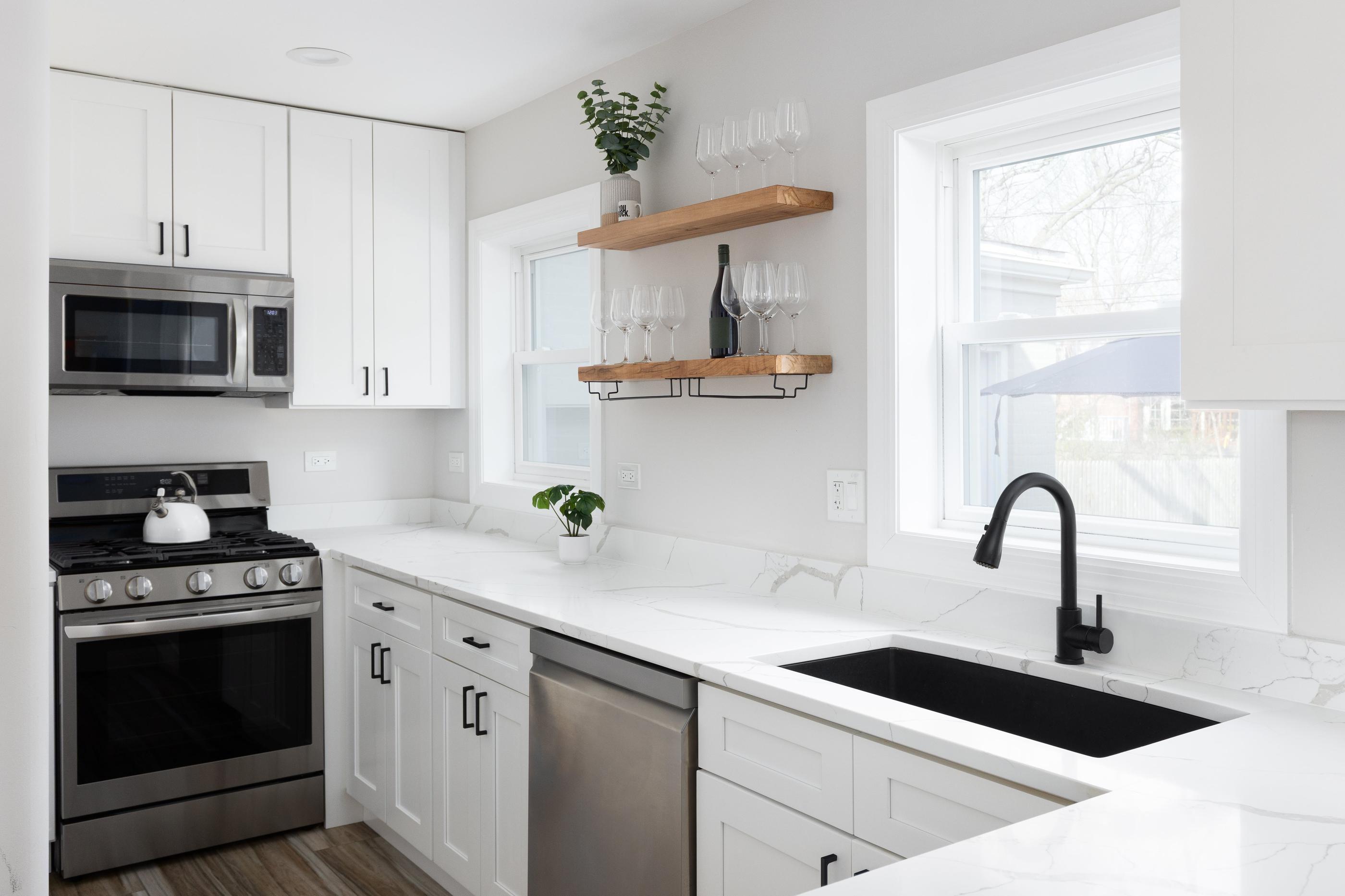First-time homebuyers are more susceptible to remodeling mistakes. From overconfidence in DIY projects to poor advice from people acting in self-interest, many end up feeling like they bit off more than they can chew.
Truthfully, experienced homeowners feel that way, too. Even smooth-moving remodels upend our daily lives, and whether we like it or not, we pay for it.
At the very least, let’s make sure we’re spending where it counts. Here’s how you can stretch the remodeling budget on your first home.
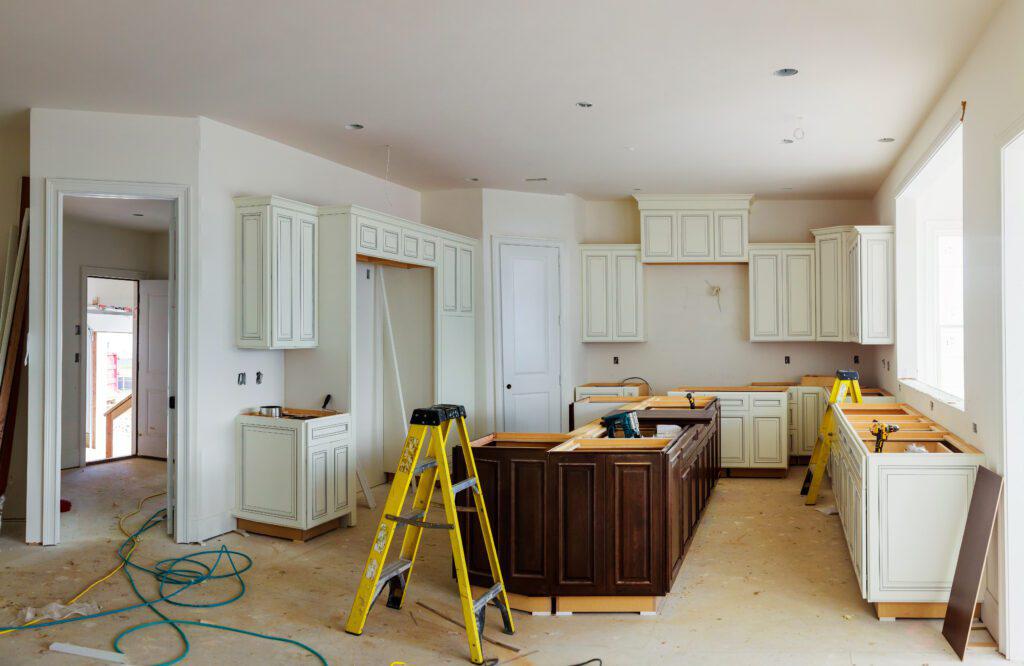
What is a realistic budget for a home remodel?
The price of a home remodel can land anywhere from $15 to $150 per square foot. That’s a wide range because these factors (and more!) can impact the cost:
- The age of your home
- The size of your home
- Average costs where you live
- The depth of the remodel (gut or cosmetic?)
- Quality of material and appliances
- The quality and extent of labor
All told, most homeowners are putting 20-80k into their remodels. That should include a 15% contingency fund.
However, these are just estimates and averages. They don’t take your unique property and vision into account, and they don’t guarantee you’ll spend wisely–just that you’ll be spending.
What is the 30% rule in remodeling?
This rule may be a simpler, helpful way to feel good about your budget. The 30% rule of home remodels states that you shouldn’t spend more than 30% of your home’s current market value. If your home is worth $400,000, don’t exceed $120,000.
How to stretch the remodeling budget on your first home
Remodeling your first home will bring up a lot of “shoulds.” You should finish the basement, you should go all-out on cabinets, and so on. Forget all of it, re-plan from the ground up, and get some fresh perspective with this guidance.
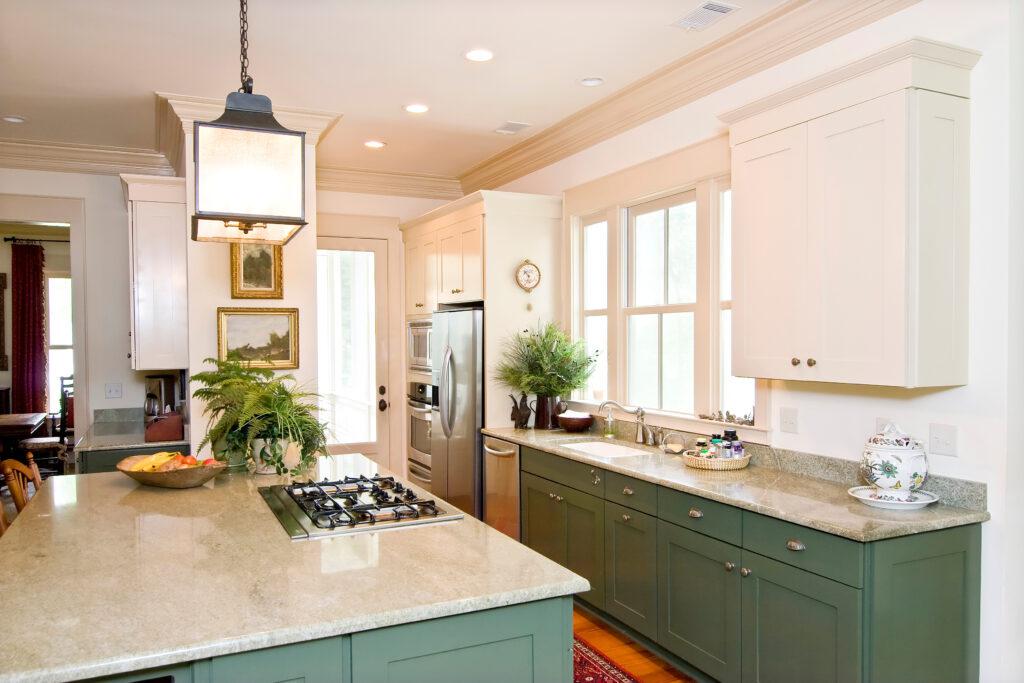
1. Choose high-priority areas (even the less appealing ones).
Dazzling upgrades do not always lend themselves to a high-value home. HVAC systems and energy efficiency may not wow someone as much as the perfect piece of granite, but they’re going to serve you better daily.
Remediate damage and its source, such as poor plumbing or a leaky roof. Getting this out of the way during your first-ever remodel supports the integrity and lifespan of your future fixtures and features.
From there, allocate funds toward the areas that historically offer the highest ROI, like kitchens and baths.
2. Dedicate double toward planning.
Budget, labor, materials, various quotes from contractors, permits–it goes on and on. Do not speed through this phase. Incomplete or vague areas inside of your plans are the number one reason we end up less than thrilled with a remodel (and its price).
Thorough planning reduces the chances of overspending, eliminates what’s inessential at its core, and more clearly defines the project. All of this contributes to a timelier completion, so trust and believe–patience pays off.
3. Keep the existing layouts.
Demolishing and reframing walls, relocating utilities like plumbing stacks, and more will skyrocket remodel costs. Make the most of your existing layouts. Every kitchen layout, for instance, has its benefits.
That said, there are ways to adjust layouts without doubling the budget. Adding an island, for example, can transform a kitchen’s workflow.
Can’t be talked out of removing walls for the open-concept layout of your dreams? Identify non-load-bearing walls. These have less impact on the structural integrity of your home. (They’re also a lot cheaper to remove.)
4. Phase your remodel.
Sometimes, during the planning stage, the budget sees you cutting so many corners that you become less excited about the potential results. Consider narrowing down the area to remodel so you can increase the scope. Certain features, like extensive tilework or brand-new energy-efficient appliances, can warrant delaying another room’s refresh.
This is the norm for many seasoned homeowners. It can also make it easier to continue living in your space during a remodel. You may even phase it by season, scheduling exterior updates and HVAC for spring, more in-depth overhauls for fall, rooms without plumbing during winter, and so on.
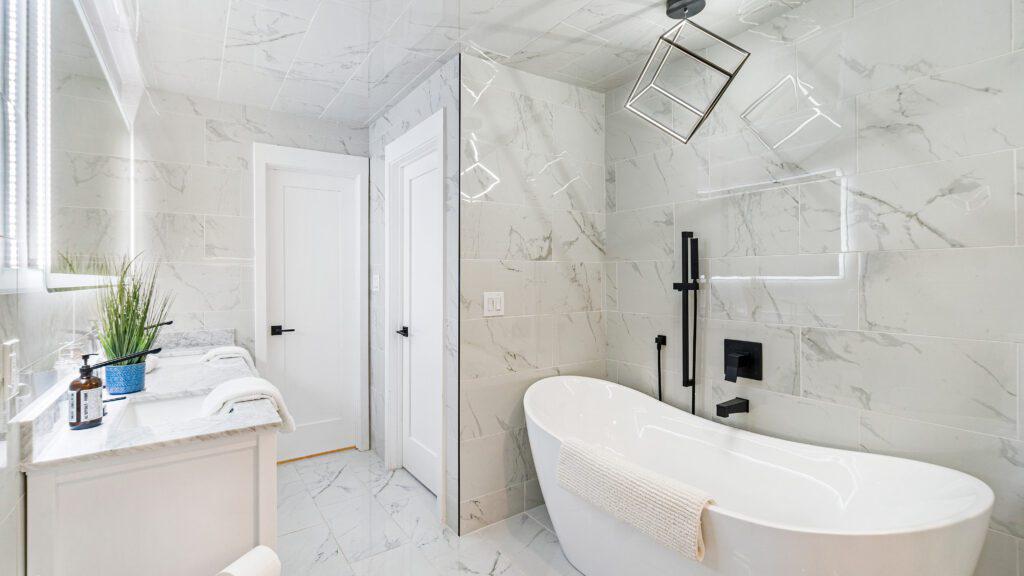
Spend vs. save: Money-saving swaps
Here’s a quick cheat sheet for safe areas to save money.
| Spend | Save |
| Cabinet replacing | Cabinet refacing |
| Tile and hardwood floors | Durable LVP and LVT |
| Replacing the shower | Replacing the shower enclosure |
| Custom bathroom vanity | Prefabricated vanities |
| Quartz countertops | Solid surface or butcher block |

How much of my remodel can I DIY?
It depends on your skill set. Do not attempt remodel jobs that require plumbing, electrical, structural, or HVAC expertise. Tilework and cabinet installation are probably a no, too.
So, what can you do? Assess your skills in the following categories, and you may be able to save money by DIYing it:
- Painting modest-sized areas
- Updating light fixtures
- Refinishing or replacing trim
- Some laminate or vinyl flooring projects
Bear in mind that even if you DIY parts of your remodel, permit requirements and local code still apply.
No matter the budget, it all begins with professional planning
It’s your remodel; do what’s best for your property, budget, and needs. However, if you accept one piece of advice shared today, be extra cautious during the planning stage. That’s the best time to save yourself not just money, but hassle and regret.
If you need a hand, The Designery is here. Our combination of professional design services, material access, custom craftsmanship, and contractor relationships can streamline the process. Enjoy your first design consultation for free.

